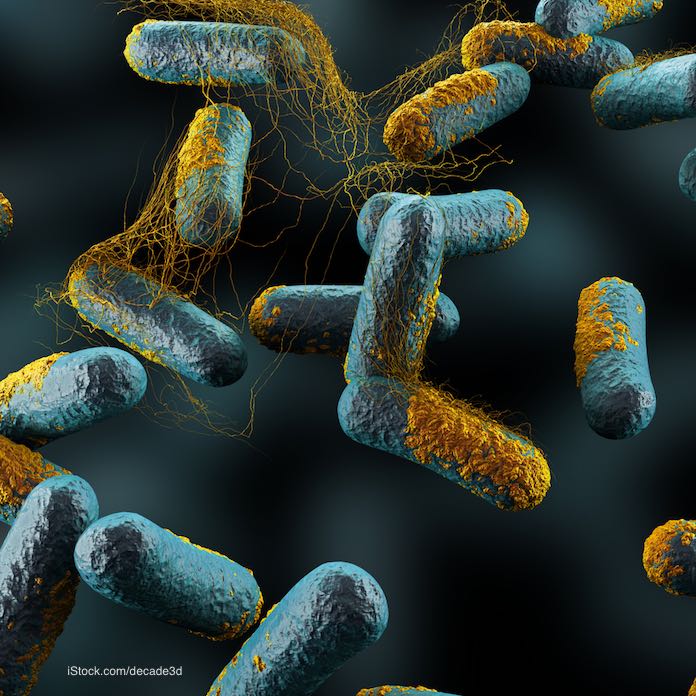Recognising the importance of chronic lung disease: a consensus statement from the Global Alliance for Chronic Diseases (Lung Diseases group)


Many food poisoning outbreaks have been caused by Clostridium perfringens, a bacteria that produces a toxin as it grows. The pathogen also can produce toxins in the intestines after it is ingested. This bacteria causes almost one million cases of foodborne illness in the United States every year. How do you know if you have a Clostridium perfringens infection?

The bacteria is found on raw meat and poultry, in the intestines of animals, and in the environment. C. perfringens makes spores that protect the bacteria from stomach acid and cleaning solutions.
Common sources of this pathogen include poultry, gravies, meat, and foods that are cooked in large batches. The bacteria is anaerobic, which means it grows in conditions without oxygen. Large batches of food are the perfect growing environment for this pathogen. C. perfringens outbreaks usually happen during large gatherings, catered events, and during the holidays. The infection is not passed person-to-person.
Symptoms of a Clostridium perfringens infection usually begin six to 24 hours after eating food that is contaminated. Symptoms begin suddenly and usually last for less than 24 hours. While most people recover without medical treatment, some do need hospitalization because of dehydration. The most common symptoms are diarrhea and stomach cramps. People usually do not suffer from a fever or vomiting.
Clinical laboratories do not routinely test for this pathogen unless it is suspected as the cause of and outbreak. Laboratory tests are conducted on stool.
To prevent Clostridium perfringens infections, it's important to follow food safety rules, especially when preparing food in large quantities. Make sure that foods, especially meats, are cooked to safe final internal temperatures. And hold food at safe temps. Keep hot food hot, above 140°F, and keep cold food cold, below 40°F. Refrigerate leftovers within two hours of cooking, or one hour if the air temperature is above 90°F.
Cooling food down after cooking is crucial. It's fine to put hot food directly into the fridge. Divide large pots of food, and are roasts into smaller quantities for refrigeration so the food cools quickly. And reheat leftovers to 165°F, and check that temperature with a food thermometer, before serving.
Comments
Post a Comment